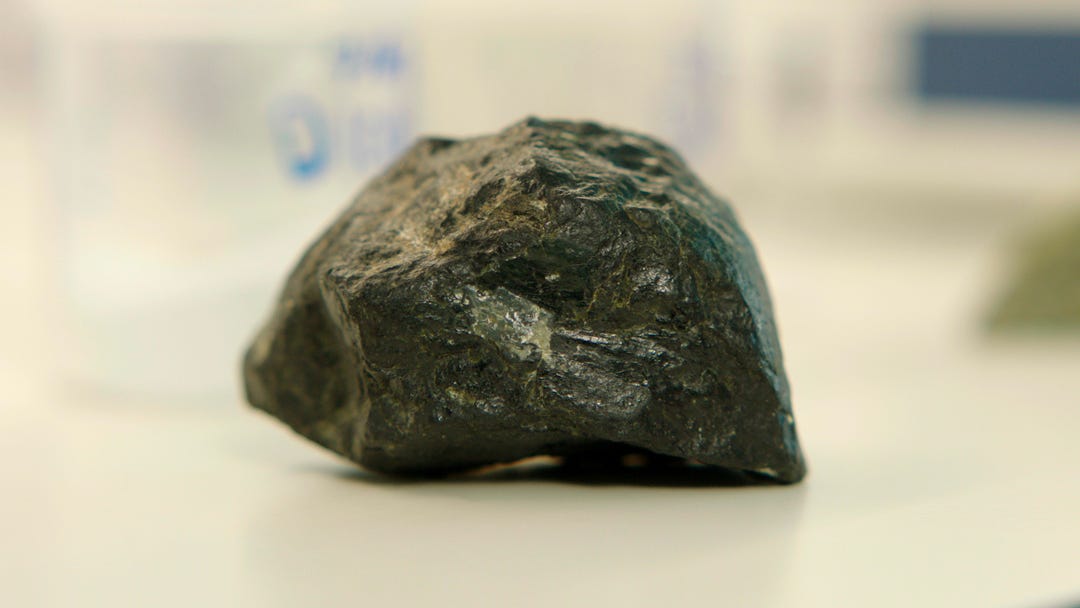Aspiring Materials wants to decarbonise the world by turning waste rock into economic gold
Aspiring Materials is attacking the problem of industrial emissions at its almost literal bedrock
Ara Ake is New Zealand’s Future Energy Centre, with a mission to drive impactful change by supporting energy innovators through commercialisation support.
Our partnership with Aspiring Materials reflects this commitment, helping to create value from industrial bioproducts and tackle the pressing decarbonisation challenges of our time.
By supporting Aspiri…
Keep reading with a 7-day free trial
Subscribe to Caffeine Daily to keep reading this post and get 7 days of free access to the full post archives.



